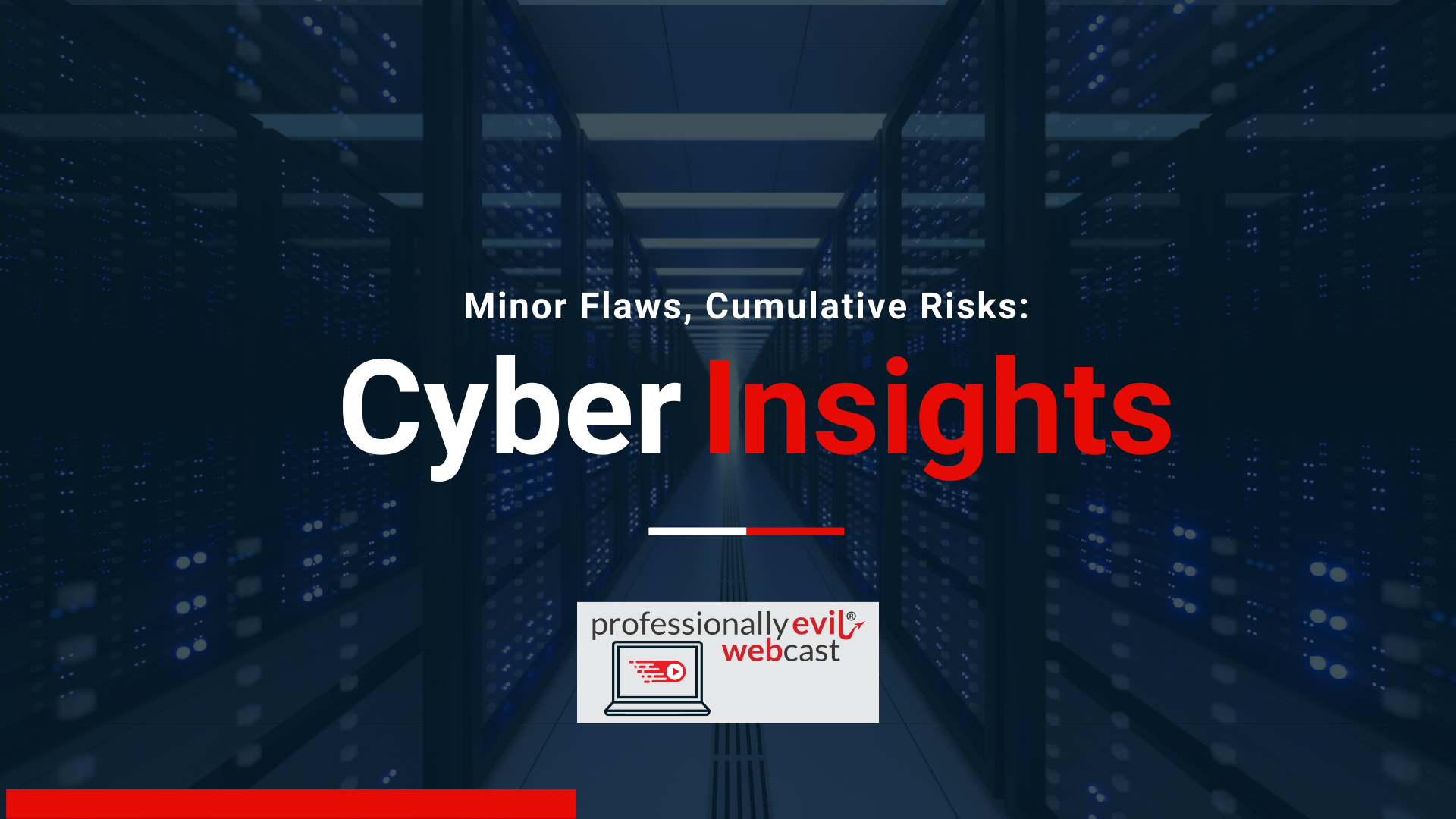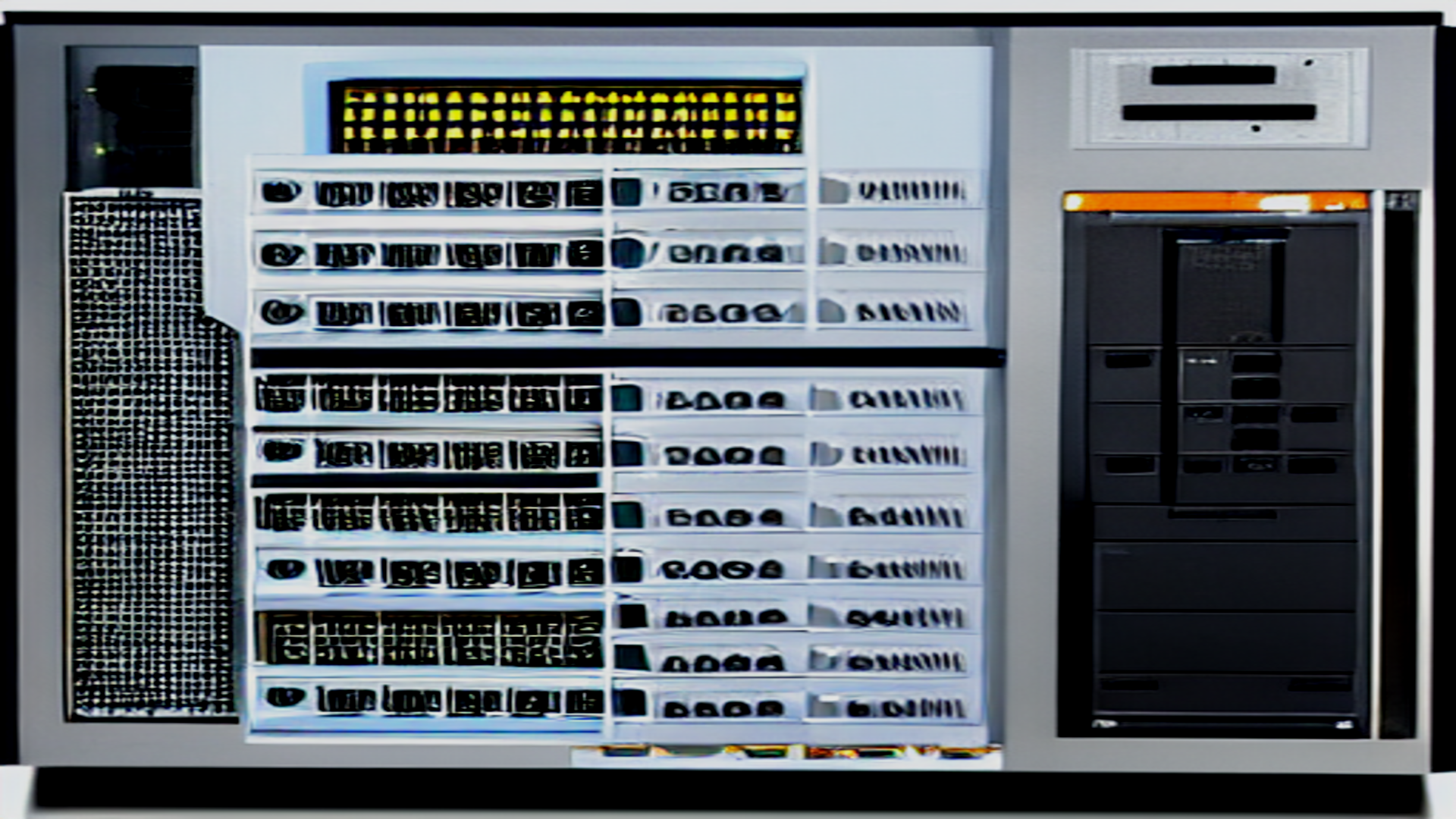Ransomware attacks can have devastating consequences for organizations of all sizes and sectors, disrupting business operations, compromising sensitive data, and causing financial losses. Having your critical data become encrypted renders the systems relying on the data unusable. To make it worse, attackers then demand some form of compensation to get you the decrypted version of the data. Unfortunately, ransomware attacks increased significantly in both frequency and severity in 2021 and 2022. Here are some key figures from various sources:
- The FBI’s Internet Crime Complaint Center (IC3) received 3,729 complaints identified as ransomware in 2021. This was a slight decrease from 4,033 complaints in 2020, but the reported losses increased from $29.1 million to $29.8 million.
- Ransomware attacks increased 105% in 2021, with a total of 304.7 million attempted attacks recorded by SonicWall. In the first half of 2022, ransomware attacks surged by 151%, reaching 188.9 million attempts.
- Ransomware cost the world $20 billion in 2021, up from $11.5 billion in 2019. That number is expected to rise to $265 billion by 2031, with a projected annual growth rate of 30%.
- In 2021, 37% of all businesses and organizations were hit by ransomware. Out of those, 32% paid the ransom, but they only got 65% of their data back.
- Recovering from a ransomware attack cost businesses $1.85 million on average in 2021, up from $761,106 in 2020. This includes the costs of downtime, lost revenue, remediation, and reputational damage.
- In fact, the annual share of ransomware attacks experienced by organizations worldwide has been on the rise since 2018, peaking at 68.5% in 2021. The most targeted sectors are healthcare, education, and government.
While data for 2023 has not been compiled, the expectation is that it will show similar trends.
One of the most common and effective ways to mitigate the impact of ransomware attacks is to have regular and reliable backups of critical data and systems. Backups can help organizations restore their operations and avoid paying the ransom. However, backups alone are not enough to protect against ransomware. They can only make it easier to bring your systems back online. While you want to be sure that you can recover from ransomware, having backups of your systems is not where you should focus all of your efforts.
In our upcoming webcast, we will explore some of the limitations and challenges of relying solely on backups, and provide some best practices and recommendations to enhance your ransomware prevention and response strategy.
Some of the topics we will cover include:
- How ransomware works and why it is so dangerous
- The role of backups in ransomware recovery and why they should be the last resort
- The benefits of proactive ransomware detection and response
Missed our live webcast? No problem! You can watch the full recording of Backups Won't Stop Ransomware by clicking here.




